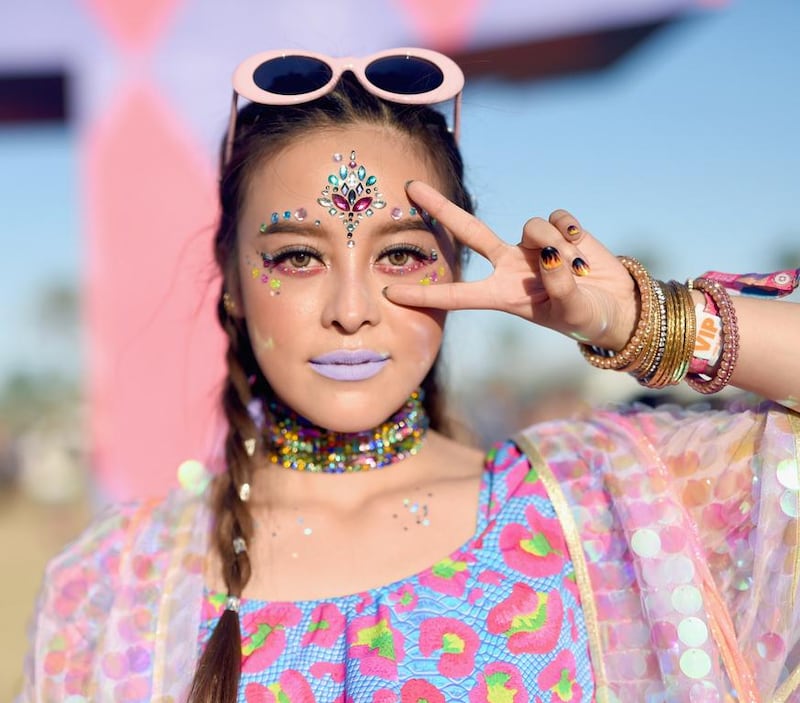Few topics elicit such passionate responses – and, on Twitter, outright rage – as cultural appropriation, the act of taking elements of one culture and using them in another. Every time the conversation comes up, it appears to get more and more polarised. Even in this current age of anger, the fury and venom of this debate can be surprising.
The topic resurfaced last week when the British author Kenan Malik, writing in The New York Times, sought to defend cultural appropriation.
“Certainly, cultural engagement does not take place on a level playing field,” he wrote. “Yet it is difficult to see how creating gated cultures helps promote social justice.” Malik lamented that, in seeking to challenge racism, critics of cultural appropriation were now seeking to police boundaries and wall off cultures.
Unsurprisingly, the response on social media was immediate and venomous, accusing Malik of misunderstanding – or, worse, disregarding –the feelings of those from often marginalised communities who feel their symbols and stories are appropriated by a more dominant culture.
The debate on the limits of cultural appropriation is moving fast, so it is difficult to give a particular “touchstone” example. Malik was writing in response to a local Canadian controversy when an editor was forced to resign after arguing that white authors had the right to create characters from minority backgrounds.
But there are other examples that have gained wider cultural traction. For example: a few months ago, around the time of the Coachella festival, an arts and music event in California that presents a counter-cultural atmosphere, there was a significant discussion over whether people wearing Native American headdress or Indian bindis without being from those cultures was appropriate. The general feeling among millennials appeared to be that it was not.
The Coachella example is interesting because it points to a generational divide, in broad terms. The settled opinion of one generation appears to be racing ahead of where the current taste-makers – editors, publishers, producers, who are usually older – are.
This argument often feels to me like a rearguard action, defending the possibility of cultural exchange, when many, especially among millennials, are suspicious of the whole idea of cultural engagement.
Where some see the possibility of an interaction between cultures, others, particularly millennials, are so concerned at the possibility of exploitation or racism, that they want cultures to speak only for themselves. In the Coachella example, there was genuine anger aimed at young women who wore Native American headdress. As sacred symbols, even wearing one in celebration or solidarity with that culture was still an act of appropriation. In other words, the intent did not matter: the very fact of existing in a system that oppressed Native Americans rendered the act of wearing the headdress unacceptable.
This feeling that the system is inherently weighted against the less powerful will be familiar to anyone who follows the political views of younger voters. While progressives suggest a gradualist approach, younger voters often express the view that the system is inherently flawed and that radical change is needed. When given the chance – whether with Bernie Sanders in the United States or Jeremy Corbyn in the UK – they vote for radical change.
The same sentiment is evident in millennial views on cultural appropriation, especially in the US, where discussion about whether white artists can portray black culture comes in the context of often unpunished violence against black bodies.
But I actually think politics presents a possible solution to the current fears around cultural appropriation. Because such appropriation, just like social inequalities, involves notions of power, which means it is susceptible to the intervention of politics.
Just as it is possible to level the playing field of social engagement, by ensuring disadvantaged groups are given access to once privileged opportunities, so it is possible to level the field of cultural exchange, by ensuring disadvantaged groups are given access to once privileged spaces.
Culture should not be a walled garden, but nor is it a common field, where all can interact freely. There are gatekeepers – publishers, curators, admissions departments – who decide which viewpoints appear on television, in books and on the walls of galleries. By opening up these spaces to a plurality of views – even those that may feel uncomfortable, or make us question received wisdom – some of the sting can be drawn from this debate.
Malik is right that walling off cultures is no solution – it makes all culture poorer. Instead, we must find ways to ensure more culture is better represented. That is a political question – but one that will end up enriching and refreshing cultural spaces.
Once there is a real diversity among those who decide what culture is appropriate, there will be a commensurate diminution in the calls of cultural appropriation.
falyafai@thenational.ae
On Twitter: @FaisalAlYafai





